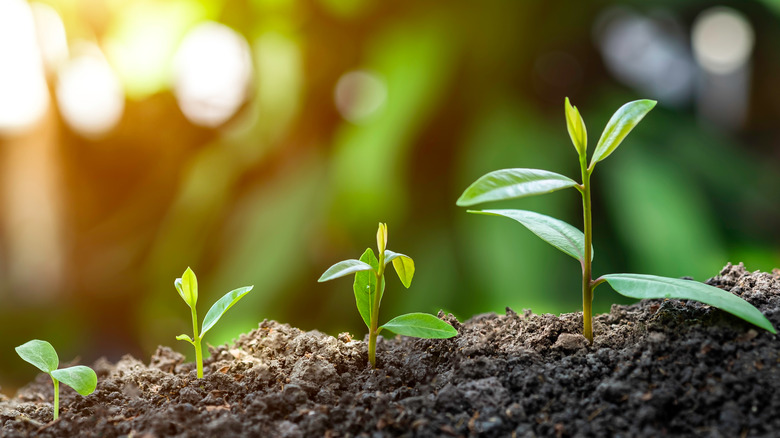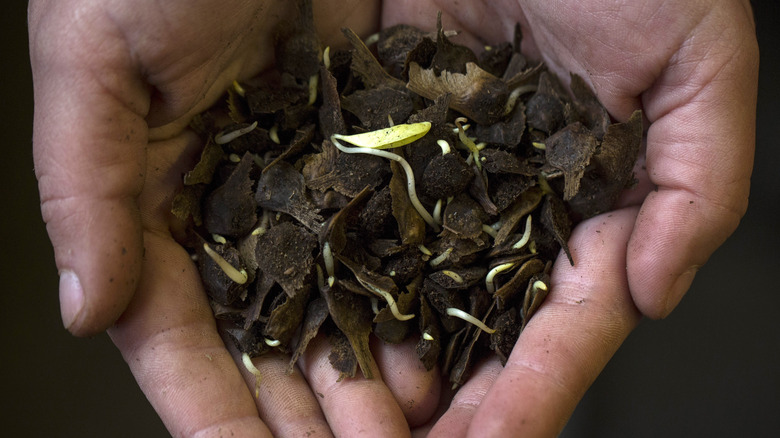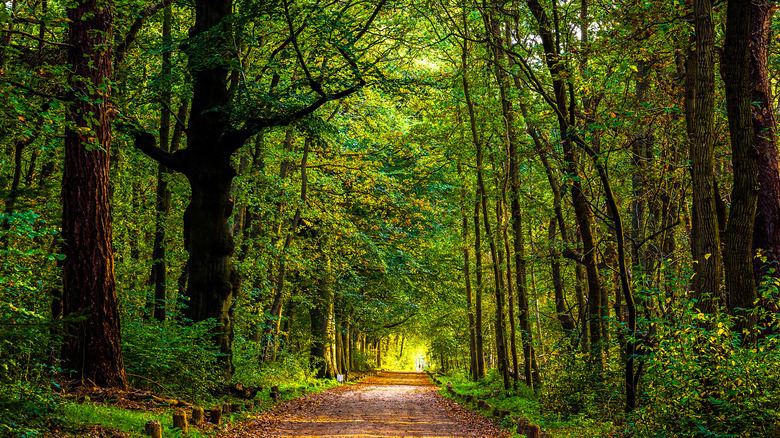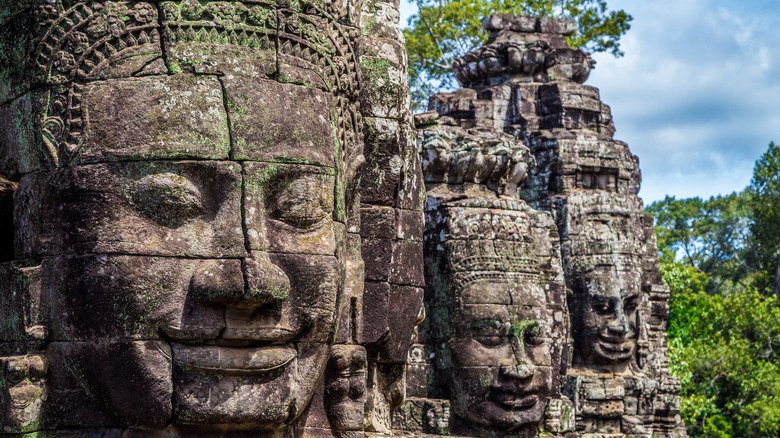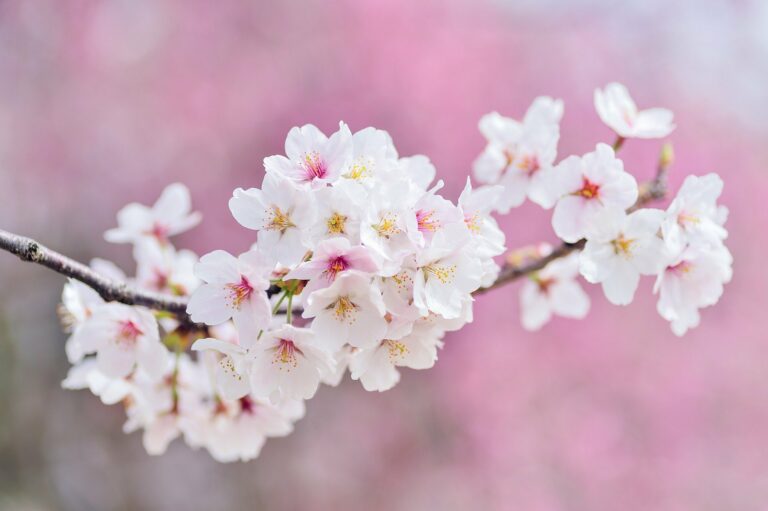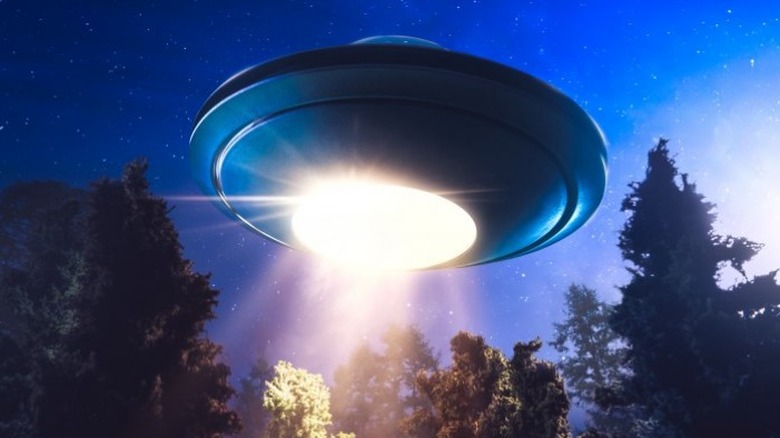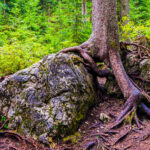
The 385-Million-Year-Old Tree Roots That Rewrite History
So imagine stepping out into your backyard to gaze at the neighborhood and its houses, or striding into the sprawl of a nearby city park. Except, it’s nearly 400 million years ago. Actually, 385 million, in fact, about 130 million years before the dinosaurs ever existed, as the Natural History Museum cites. There are no separate continents. Brazil and Nigeria are side-by-side. There are no — repeat, zero — large land-dwelling creatures. Tetrapods, Earth’s first four-legged animals, will take another 10 million years to transition from aquatic to amphibious, and eventually furry, milk-nursed mammalian. Fins rule, not hooves or toes.
And there, in front of you, is a tree that looks practically the same as any tree you’d see nowadays. A rough, hard, bark-covered trunk. Branches fingering off to the sky and sprouting broad, deep green leaves.
Is it possible to see such a familiar sight in a world as alien, at least in imagination, as Earth’s then single continent, Pangea? Yes, in fact, as Smithsonian Magazine cited from a 2019 study published in Current Biology. Seed-bearing trees with root systems are so excellently evolved for life on Earth that they’ve outlasted all animal species that’ve lived and gone extinct since, barring 425-million-year-old insects like millipedes, per Science Daily. Homo habilis, an early human species, lived a mere 2.4 to 1.4 million years ago (per History). Speech developed about 200,000 years ago (per The Atlantic). Agriculture, about 12,000 years ago (per NPR). The iPhone in 2007. And all the while, trees have stood watch.
The first seed-bearing plants in a time before the dinosaurs
It’s very easy to take our tall, green-leaved sisters for granted. After all, their presence seems as persistent as the stars. And there are more of them on Earth, in fact, than stars in our galaxy, by a lot: 3 trillion, per Smithsonian Magazine. And this is after immense swathes of senseless fire-drenching destruction continue to obliterate utter treasures like the Amazon and Bornean rainforests.
The recent discovery about Earth’s history boils down to what looks like a simple thing: roots. In Earth’s Devonian period (393–383 million years ago, as the original findings on Current Biology state), our global ecosystem underwent rapid and significant changes that pivoted the development of life. Non-seed-bearing plants like moss abounded. The fern Eospermatopteris, with “fronds in place of leaves and hollow, spongy trunks,” thrived. Their bases were ringed in “shallow, spindly” roots that didn’t dive too deeply into the soil, and likely died and were replaced every couple of years. Compare this to “Tree 76” in Muir Woods north of San Francisco, a 777-year old sequoia, give or take, that sprouted from the ground during the Crusades, as Los Angeles Times reports. Its dense, elaborate, nutrient-and-water drinking mesh of roots have stayed in place the entire time, while the tree above ground ages and thickens.
The current finding, a pristinely preserved fossil about 45 minutes south of Albany, New York, depicts a 385-million-year-old root system that looks remarkably like a nigh-modern, seed-bearing tree.
A history-overhauling tree root fossil
The benefits and strengths of seed-bearing plants cannot in any way be understated. To reach the sun, a trunk grows tall. To survive winds and storms and injury, it grows hard. Its roots press deeper and spread wider. Deep roots survive extremes of dryness and flooding. And to catch maximum sunlight above ground, leaves broaden. To reproduce and carpet the earth with tracts of forests, the life cycle of such seed-bearing plants passes from tree to seed to sapling. They push up to the sky and down to the bedrock, and drop more seeds each generation.
As Smithsonian Magazine says, “like a miracle” this entire process appears nearly overnight, evolution-wise, during the mid-Devonian period of human history around 385 million years ago. The “mind-blowing” fossil cited in the current finding in Cairo, New York, south of Albany, is the earliest plant of its kind to exhibit all the traits of what we consider “a tree.” Researchers had no idea such a history-overhauling find awaited.
The impact of seed-bearing trees on the ecosystem cannot be understated, either. We all know about trees’ carbon-soaking powers, so it’s easy to envision how they shaped our atmosphere to its cooler temperature and current balance of oxygen, nitrogen, hydrogen, and so forth. Dying and drying trees nourished a forest floor shielded by leafy canopies and rendered vibrant and lush. Carbonic acid migrated towards oceans. As researcher Christopher Berry told Smithsonian, “The arrival of these forests was the creation of the modern world.”
Carbon-capturing trees that created our modern, oxygen-rich ecosystem
The type of tree discovered at Cairo, New York, in the Catskills, belongs to the genus Archaeopteris, which was previously dated to no earlier than 365 million years ago, 20 million years later, as Science says. Christopher Berry, paleobotanist at the U.K.’s Cardiff University, and his team actually discovered the site back in 2009, which looks like a rocky quarry of three-dimensional, fossilized roots. It’s taken this long to be able to come public and arrive at their conclusions, and research is still underway.
Kevin Boyce, geoscientist at Stanford University in Palo Alto, California, goes into detail about how such trees not only affected our very complex and delicate ecosystem, but essentially forged it. The depth of the roots of seed-bearing trees, formerly belonging to shallow-digging ferns and the like, help to break apart the soil and rocks below. This process, dubbed “weathering,” further helped absorb CO2 from the atmosphere. Back before such trees existed, CO2 levels in the atmosphere were 10-15 times higher than today.
Our modern trees caused an additional cascade effect of triggering elevated oceanic oxygen levels. By 300 million years ago oxygen levels had increased by 35% planet-wide. The carbon captured by the bark of seed-bearing trees gets locked away in carbonate ions in the soil, and are carried out to our oceans. There, they remain safely locked away in the form of what we know as limestone.

What Really Happens To Your Body When You Fall To Your Death

The Temptation Of Christ Explained

Disturbing Details Found In John Belushi's Autopsy Report

The Untold Truth Of The Witman Murder Case
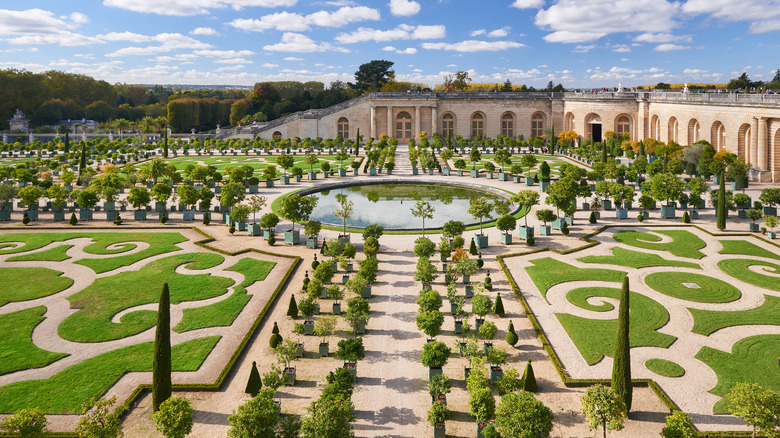
The Surprising Amount Of Time It Took To Build The Palace Of Versailles Gardens

This Is Who Hall And Oates' Rich Girl Is Really About

The Shocking Deathbed Confession Of Jane Roe

The Real Reason The Queen Celebrates Her Birthday Twice Every Year

Why Big Ben Almost Didn't Exist

N64's Rarest Game Is Quite Surprising
